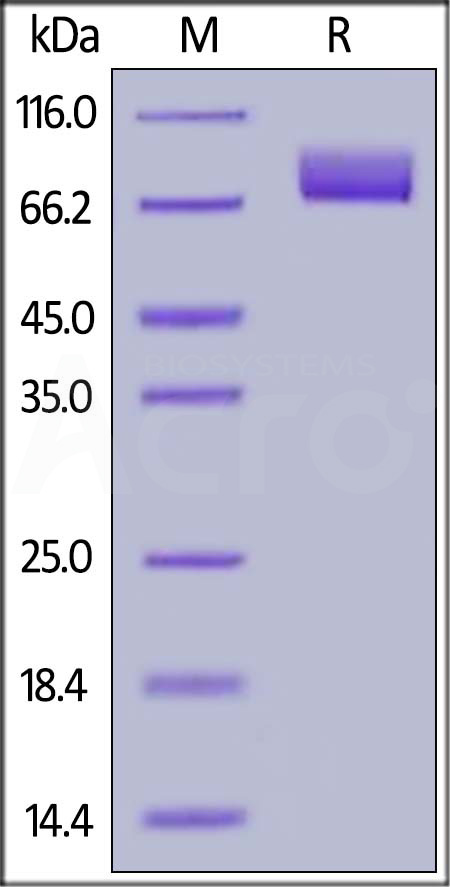Role of myelin-associated glycoprotein (siglec-4a) in the nervous systemLopez
Adv Neurobiol (2014) 9, 245-62
Abstract: Myelin-associated glycoprotein (MAG) is a 100 kDa glycoprotein located at the innermost layer of myelin sheets that remains in intimate contact with the axonal membrane. It is selectively expressed by myelinating cells including Schwann cells in the peripheral nervous system (PNS) and oligodendrocytes in the central nervous system (CNS). Due to its selective location and its effects on neurons, it was originally thought to be involved in axon-glia communication. The generation of MAG-deficient mice greatly expanded our knowledge about the physiological role of MAG, which helped to establish its critical roles in the normal formation and maintenance of myelinated axons. Interest in MAG was revived when it was described as the first myelin-derived inhibitor of axon regeneration. Since then numerous publications have provided detailed information about its axonal receptors and their signaling pathways. Recently, the nurture role of MAG on neurons was confirmed. On the other hand, MAG mediates signals coming from the axons that strongly impact on oligodendrocytes and Schwann cells, highlighting the bidirectional nature of axon-glia communication. Overall, MAG is a critical component of axon-glia interactions with multiple functions in the biology of both neurons and glial cells.
MUC1 is a counter-receptor for myelin-associated glycoprotein (Siglec-4a) and their interaction contributes to adhesion in pancreatic cancer perineural invasionSwanson, McDermott, Singh
et alCancer Res (2007) 67 (21), 10222-9
Abstract: Perineural invasion in pancreatic adenocarcinoma, a common pathologic phenomenon whereby cancer cells invade and intimately contact the endoneurium of pancreatic nerves, is thought to contribute to both pain and local disease recurrence. MUC1, a type I transmembrane mucin that can affect the adhesive properties of cells, contains a large extracellular tandem repeat domain, which is heavily glycosylated in normal epithelia, but is overexpressed and differentially glycosylated in pancreatic cancer. This altered glycosylation includes the shortened core I O-glycans for monosialyl and disialyl T antigens. Myelin-associated glycoprotein (MAG), a membrane-bound protein expressed on oligodendrocytes and Schwann cells, binds myelin to neurons. MAG's preferred ligands are derivatives of the monosialyl and disialyl T antigen. We investigated whether MUC1 is a counter-receptor for MAG and if their interaction contributed to pancreatic perineural invasion. Results showed that MAG binds pancreatic cells expressing MUC1, that this binding is sialidase-sensitive, and that MAG physically associates with MUC1. Heterotypic adhesion assays between pancreatic cancer cells and Schwann cells revealed that increased expression of MUC1 or MAG enhanced adhesion. Conversely, specific inhibition of MAG or sialyl-T MUC1 partially blocked adhesion. Immunohistochemical analysis of pancreatic perineural invasion showed the expression of both MUC1 and MAG. These results support the hypothesis that the adhesive interactions between MUC1 and MAG are of biological significance in pancreatic cancer perineural invasion.
Fibronectin is a binding partner for the myelin-associated glycoprotein (siglec-4a)Strenge, Brossmer, Ihrig
et alFEBS Lett (2001) 499 (3), 262-7
Abstract: The myelin-associated glycoprotein (MAG) mediates cell-cell interactions between myelinating glial cells and neurons. Here we describe the extracellular matrix glycoprotein fibronectin as a binding partner of MAG. It has been identified by affinity precipitation with MAG-Fc from NG108-15 cells and by microsequencing of two peptides derived from a 210-kDa protein band. Western blot analysis showed that fibronectin is also present in MAG binding partners isolated from N(2)A (murine neuroblastoma) cells, rat brain and rat spinal cord. Different fibronectin isoforms have been isolated from brains of young and adult rats, indicating that the expression of MAG binding fibronectin changes during development.
Multiple functions of the myelin-associated glycoprotein MAG (siglec-4a) in formation and maintenance of myelinSchachner, Bartsch
Glia (2000) 29 (2), 154-65
Abstract: The myelin-associated glycoprotein, a minor component of myelin in the central and peripheral nervous system, has been implicated in the formation and maintenance of myelin. Although the analysis of MAG null mutants confirms this view, the phenotype of this mutant is surprisingly subtle. In the CNS of MAG-deficient mice, initiation of myelination, formation of morphologically intact myelin sheaths and to a minor extent, integrity of myelin is affected. In the PNS, in comparison, only maintenance of myelin is impaired. Recently, the large isoform of MAG has been identified as the functionally important isoform in the CNS, whereas the small MAG isoform is sufficient to maintain the integrity of myelinated fibers in the PNS. Remarkably, none of the different defects in the MAG mutant is consistently associated with each myelinated fiber. These observations suggest that other molecules performing similar functions as MAG might compensate, at least partially, for the absence of MAG in the null mutant.Copyright 2000 Wiley-Liss, Inc.
Showing 1-4 of 4 papers.

























































 膜杰作
膜杰作 Star Staining
Star Staining

















